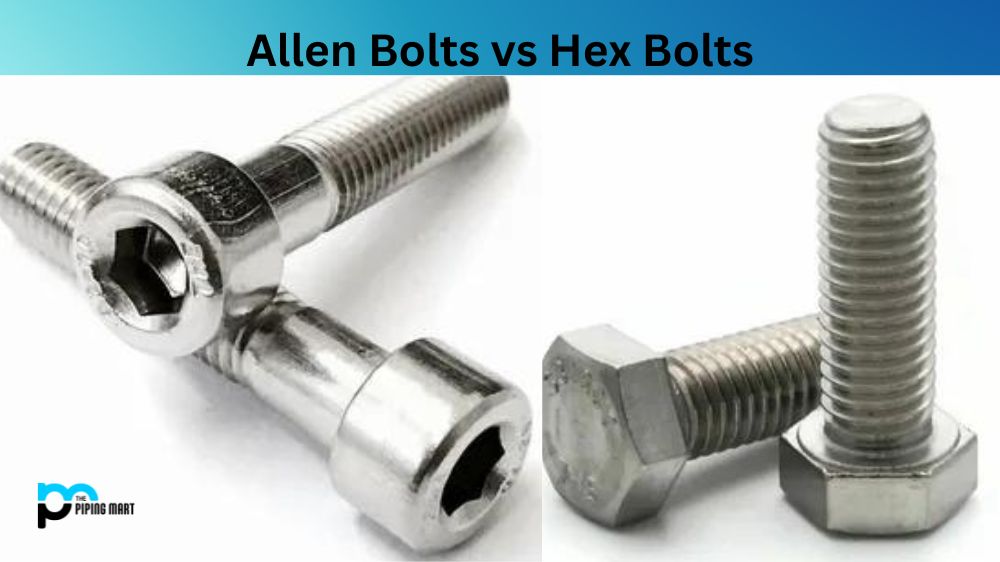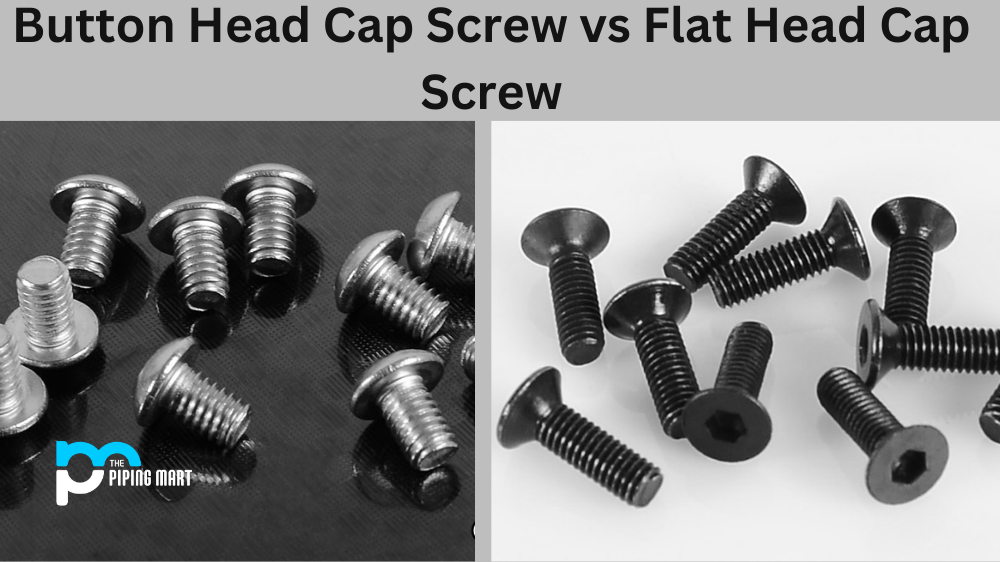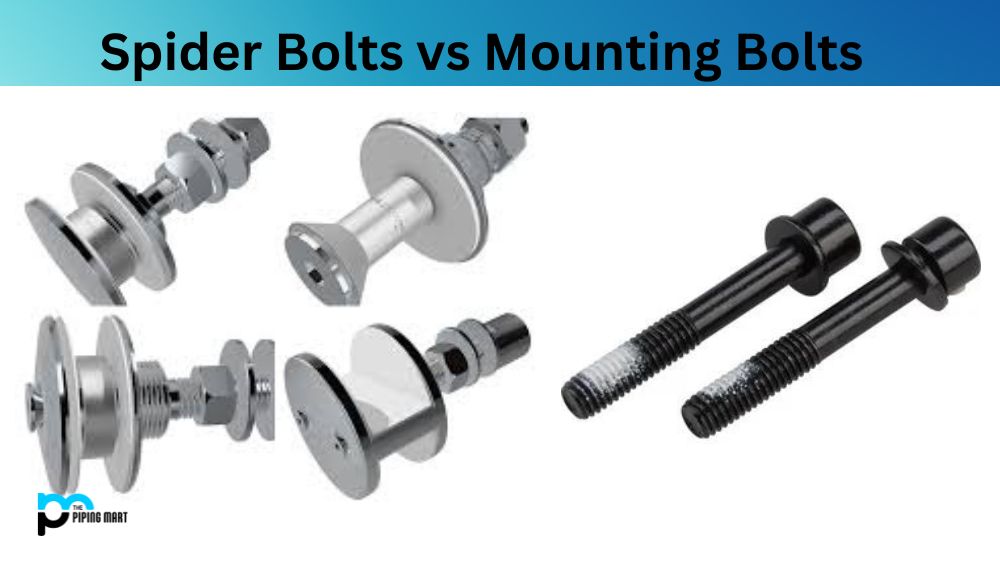Rivets are used in a wide range of applications in different industries. These small yet mighty fasteners are an essential part of building and construction. However, rivets come in different types and styles, and it’s important to know their differences to use them properly. In this blog post, we will be discussing two of the most popular rivets – pop rivets and blind rivets, and explain the key differences and benefits of each.
What is Pop Rivet?
A pop rivet is a mechanical fastener that consists of a head on one end and a stem on the other. The stem has an expandable shank that locks into place when inserted through the two materials being joined together. This process creates what is called ‘cold joining’ as there is no heat involved in the application of this method. Pop rivets are often used for projects like door hinges, sheet metal, gutters, roofing, and automotive applications.
What is Blind Rivet?
A Blind Rivet is a fastener that is used to join two materials together. It consists of mandrel, a shank and head which when placed in a hole forms the joint. The mandrel expands the body after insertion, forming a strong mechanical and/or thermal bond. They are primarily used in aircrafts and other applications where accessibility from one side is limited.
Difference Between Pop Rivet and Blind Rivet
Installation Process
Pop Rivets are generally easier to install than blind rivets. Pop rivets require a rivet gun, which can be manual or pneumatic. First, a hole is drilled into the material that needs to be fastened together. Then, a pop rivet is inserted, and the two pieces of material are squeezed together with the rivet gun. Blind rivets, on the other hand, require a special tool that pulls the mandrel through the rivet, expanding it on the blind side of the material. This process requires two hands, sometimes making it harder to use in tight spaces or overhead projects.
Grip Range
Regarding grip range, blind rivets offer a greater range than pop rivets. Blind rivets can grip materials up to 1 inch thick, while pop rivets are only suitable for materials up to 3/16 inch thick.
Strength
Blind rivets are generally considered stronger than pop rivets because of their design. Blind rivets have a larger diameter and are more vibration-resistant, making them ideal for critical applications with a strong and reliable connection. Pop rivets, on the other hand, are mostly used for non-load-bearing applications.
Appearance
Pop rivets are the better choice for applications with a neat appearance. Pop rivets come with different head shapes and designs; some can even be colour-matched to blend in with the surface material. Blind rivets, on the other hand, have a visible bulge on the blind side of the material, which may not be aesthetically pleasing in some applications.
Cost
Cost is usually a deciding factor when choosing between pop and blind rivets. Pop rivets are generally more affordable than blind rivets, and they come in multiple sizes and designs to fit different applications. Blind rivets, however, can be more expensive, especially for speciality materials, but they offer a greater range of size and strength options.
Conclusion:
In conclusion, choosing the right rivet for your application depends on various factors, such as the material you are working with, the load capacity required, the desired appearance, and the ease of installation. Pop rivets are ideal for non-load-bearing applications that require fast and easy installation, while blind rivets are perfect for critical applications where a strong and reliable connection is essential. By understanding the differences between these two types of rivets, you can make an informed choice and ensure your project is safe, secure, and cost-effective.

Meet Bhavesh, a seasoned blogger with a wealth of knowledge and experience. From metal products manufacturing to retail, Bhavesh has a diverse background in various industries and is dedicated to sharing his insights and expertise with readers.




